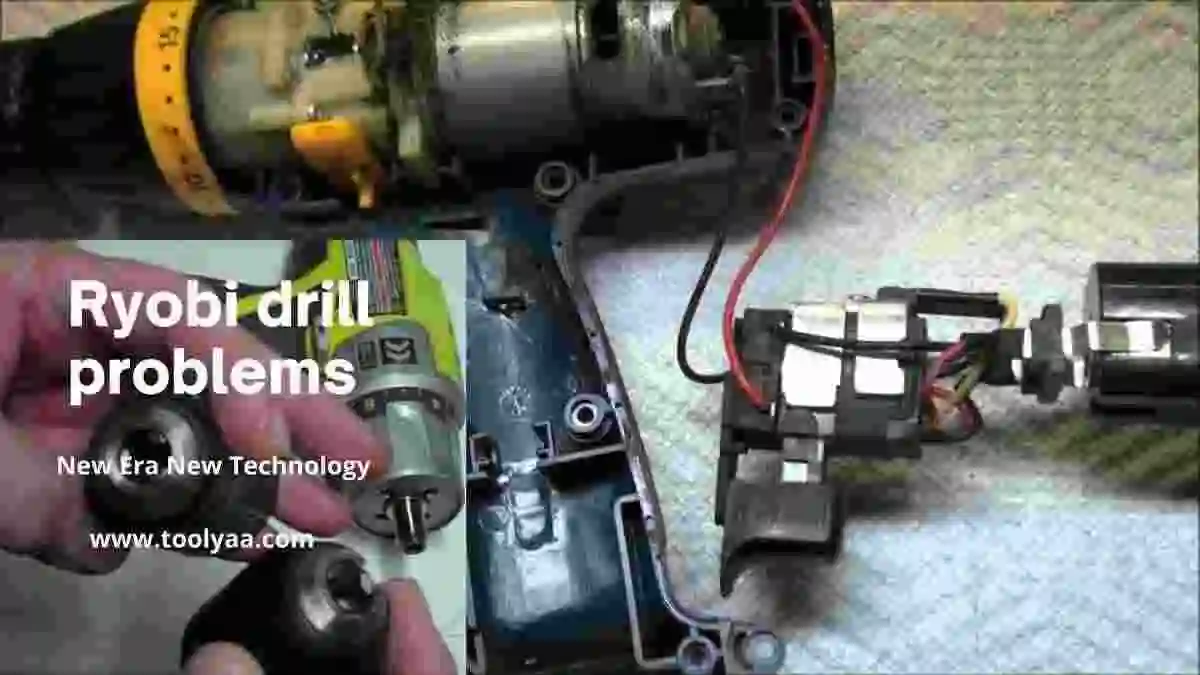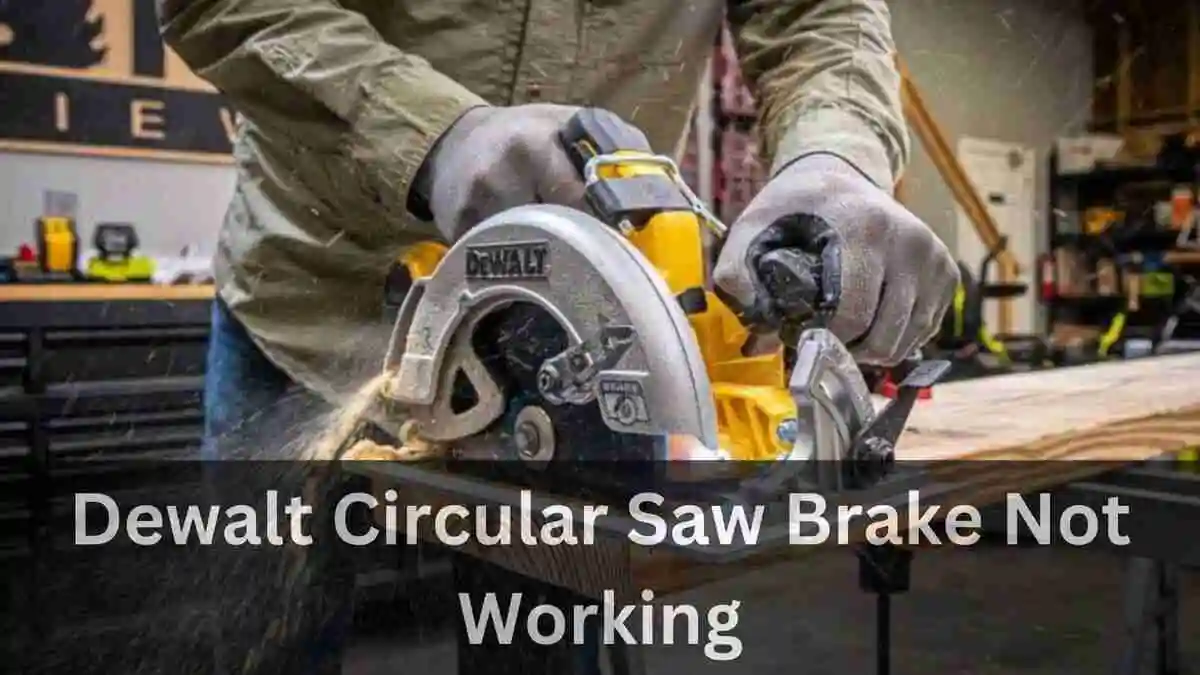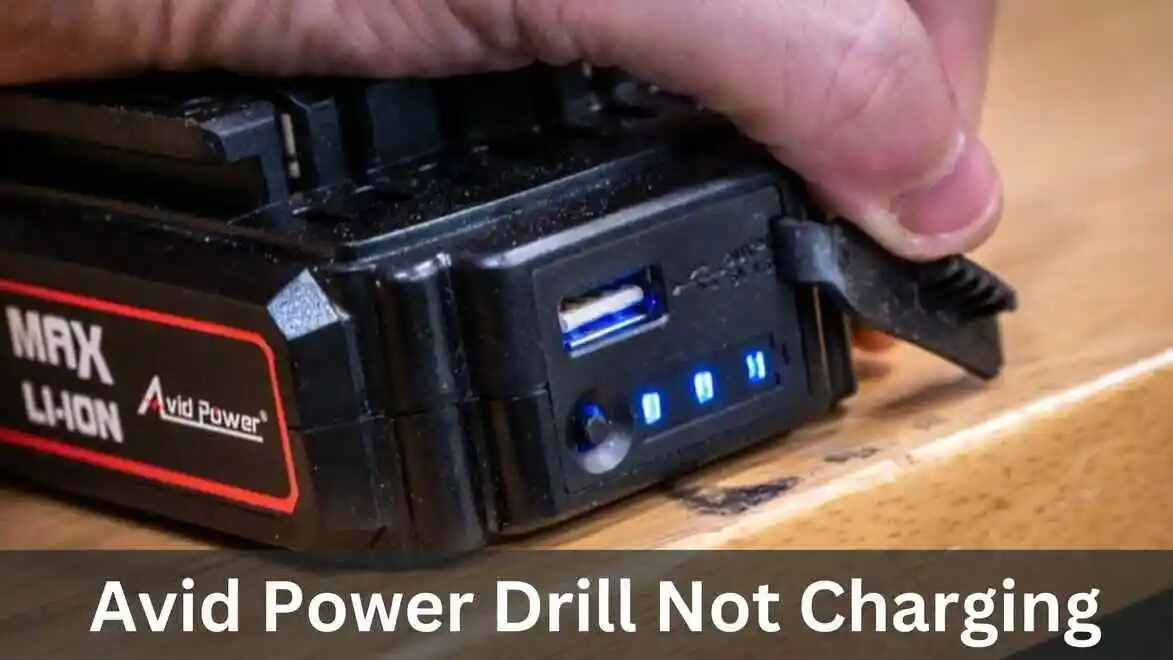If you’re in the middle of a project and your Skil circular saw suddenly stops working, it can be frustrating and even a bit worrisome. However, before you rush to the store for a replacement, there are several potential solutions you can try to get your saw up and running again.
In this article, we’ll explore the most common reasons why your skil circular saw stopped working and how to fix them.
Skil Circular Saw Stopped Working:
Check the Blade:
The first thing you should do when your circular saw stops working is to inspect the blade. Ensure that the blade is properly attached and tightened.
A loose blade can prevent the motor from turning it effectively. If you find that the blade is loose, simply tighten it according to the manufacturer’s instructions.
This simple step might be all you need to get your saw back in action.
Inspect the Tool
Sometimes, the issue might not be with the blade but with the tool itself.
Visually inspect your circular saw for any obvious damage or debris that could be interfering with its operation.
Check for any bent or broken parts, as well as obstructions that might be hindering the saw’s movement. Cleaning the tool and removing any debris can often resolve the problem.
Check the Power Source
Before assuming the worst about your saw, it’s important to rule out power-related issues.
Ensure that the electrical outlet you’re using has power, and check the saw’s cord for any damage.
A damaged cord can prevent the saw from receiving the necessary power to function. If you suspect a cord issue, consider replacing it or having it repaired by a professional.
Check the Battery (If Applicable)
If your Skil circular saw is battery-powered, it’s essential to check the battery’s status. Ensure that the battery is fully charged and functioning correctly.
Sometimes, a dead or malfunctioning battery can lead to the saw’s sudden stoppage. Try charging the battery or consider replacing it if necessary.
Check the Motor
If none of the above solutions work, the issue might be with the motor.
The motor can overheat, experience voltage issues, or have a damaged worm gear, all of which can cause the saw to stop working.
Allow the saw to cool down if it’s been in use for an extended period, and inspect the motor for signs of damage. If you suspect motor-related problems, it’s best to consult a professional for repair.
Check the Workpiece
In some cases, the problem might be related to the workpiece you’re cutting.
An improperly supported workpiece can cause the blade to get pinched, leading to the saw’s sudden stoppage.
To prevent this issue, ensure that your workpiece is adequately supported and that it won’t shift during cutting. This can help maintain a smooth operation of your circular saw.
Check for Sawdust Buildup
Sawdust buildup and fine particles inside the saw’s engine can also lead to unexpected stoppages. Lack of air or cooling in the motor area can cause clogging with dust and debris.
Regularly clean your circular saw and ensure that the airflow paths are clear to prevent this issue.
If, after trying all these troubleshooting steps, your Skil circular saw still refuses to cooperate, it might be time to seek professional help.
A qualified technician can diagnose and repair the problem, potentially saving you the cost of a new saw.
Conclusion:
In conclusion, a Skil circular saw that has stopped working can often be revived with some basic troubleshooting. Start by checking the blade, inspecting the tool for damage, and ensuring your power source and battery (if applicable) are in working order.
If those steps don’t resolve the issue, examine the motor, workpiece support, and look for sawdust buildup.
By following these steps, you can increase the chances of getting your circular saw back in action and completing your projects with ease.






